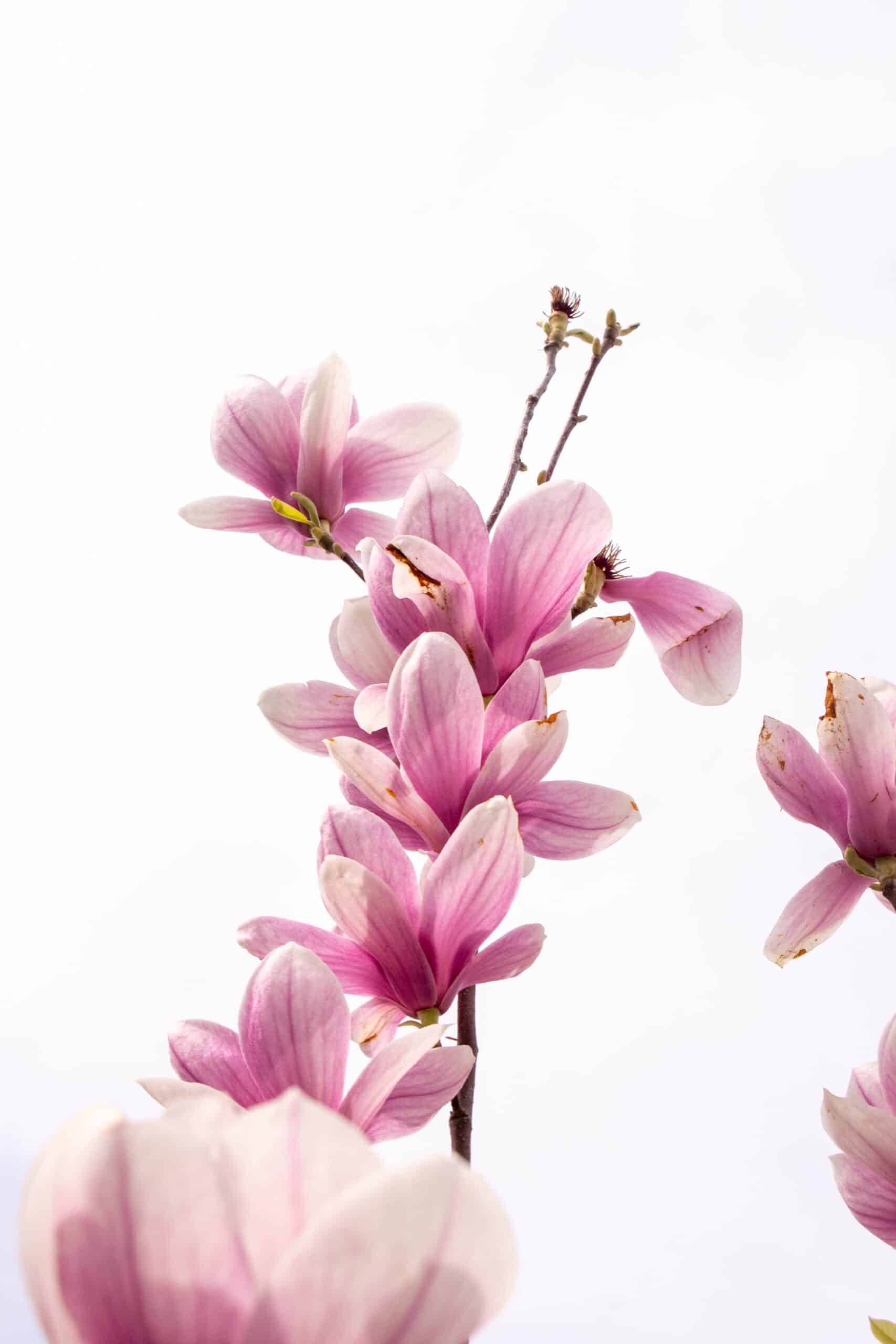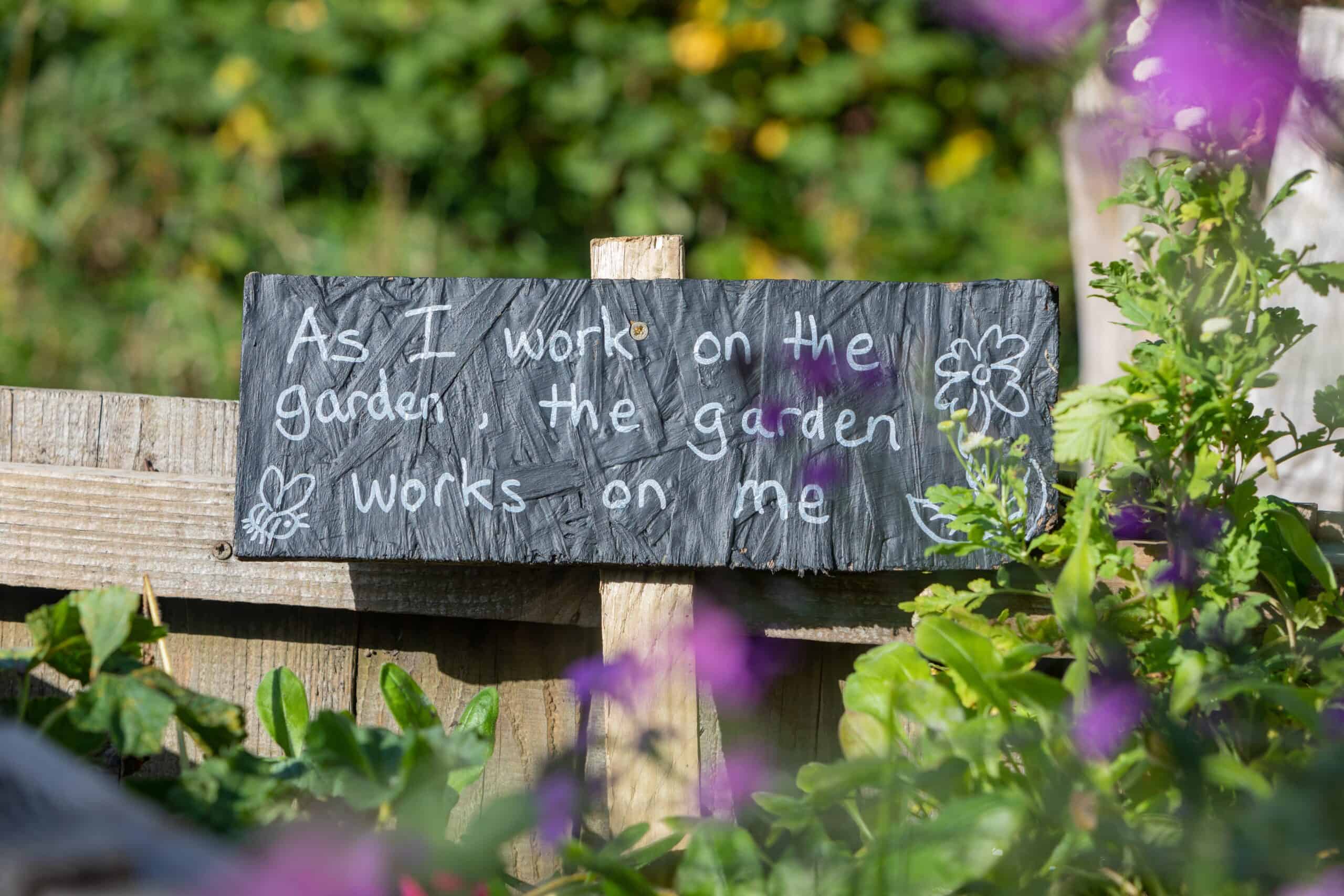If you’re looking to add a pop of brilliant red to your garden or landscape, the cardinal flower is an excellent choice. Known for its striking color and unique shape, this North American native plant is sure to catch the eye of anyone passing by. In this article, we’ll delve deeper into the cardinal flower, exploring its history, growing conditions, and tips for care.
The Lobelia cardinalis , also known as Cardinal Flower, is a member of the Campanulaceae family.
Plant Type
The Cardinal Flower is a herbaceous perennial plant, which means that it dies back to the ground each year, but re-emerges in the spring. As a perennial, it can live for many years with the right care and growing conditions. The plant has a deep taproot that helps it to survive droughts and other harsh conditions, and it can form dense clumps over time. This makes it an excellent choice for mass plantings, as well as for borders, containers, and other garden settings. As a native plant, the Cardinal Flower is well-suited to North American gardens, and is often used to attract pollinators and other wildlife. Overall, the Cardinal Flower is a beautiful and versatile perennial that can provide years of enjoyment in a variety of settings.
Mature Size
The Cardinal Flower is a tall and stately perennial plant that can grow up to 4 feet in height. Its striking, upright stems are typically unbranched, and feature long, lance-shaped leaves that can grow up to 6 inches long. Atop the stem, the plant produces a dense spike of tubular, bright red flowers that can grow up to 1-2 inches in length. The flowers are pollinated by hummingbirds and butterflies, making them a popular choice for gardens and landscapes that are designed to attract wildlife. Despite its height, the Cardinal Flower is relatively easy to care for, and can be a wonderful addition to any garden or landscape.
Sun Exposure
The Cardinal Flower thrives in full sun exposure, which typically means at least 6 hours of direct sunlight per day. However, it can also tolerate some shade, particularly in hotter regions, as long as it receives adequate moisture. In areas with intense sunlight, providing some shade during the hottest part of the day can help prevent the plant from drying out and wilting. When planting in a garden or landscape, it’s important to choose a location that receives the appropriate amount of sunlight for the specific variety of Cardinal Flower being grown.
Soil Type
The Cardinal Flower thrives in damp soils that are rich in organic matter. This is because the plant requires consistent moisture to grow and bloom to its full potential. In fact, it is often found growing in wetlands and along streambanks in its native North American habitats. However, it’s important to note that the plant can also tolerate some dryness, as long as it doesn’t become too severe. When it comes to soil pH, the Cardinal Flower prefers a slightly acidic to neutral range, between 6 and 7. This allows it to absorb essential nutrients from the soil and grow healthy, vibrant foliage and blooms. If the soil is too alkaline or acidic, it can negatively impact the plant’s growth and overall health. Therefore, it’s important to test the soil and amend it as needed to ensure optimal conditions for the Cardinal Flower.
Bloom Time
The Cardinal Flower is a mid to late summer bloomer, typically producing its brilliant red flowers from July through September. The timing of the bloom can vary depending on factors such as temperature, soil moisture, and light exposure. During this period, the plant produces tall spikes of densely packed flowers, each of which can last for several weeks. The bright red blooms are an important source of nectar for hummingbirds and butterflies, making the Cardinal Flower a popular choice for gardens and landscapes that are designed to attract pollinators. In addition to its showy flowers, the plant also has attractive foliage that can add texture and interest to a garden or landscape. Overall, the Cardinal Flower is a stunning and versatile plant that can bring color and life to any outdoor space.
Flower Color
The flowers of the Cardinal Flower are perhaps its most striking feature, with their vibrant, deep red color and unique two-lipped shape. The flowers are tubular and grow in dense spikes atop the plant’s tall stem. Each flower is approximately 1-2 inches long, with two upper petals that form a hood and three lower petals that form a broad lower lip. The bright red color of the flowers is due to the presence of anthocyanin pigments, which are produced in response to sunlight and help to attract pollinators like hummingbirds and butterflies. While the Cardinal Flower is most commonly associated with its red blossoms, some cultivars have been developed with pink or white flowers as well. Regardless of the color, the flowers of the Cardinal Flower are sure to add a bold and eye-catching element to any garden or landscape.
Hardiness Zones
The Cardinal Flower is a hardy plant that can be found in a wide range of hardiness zones, from 3 to 9. This means that the plant can tolerate a range of temperatures and climate conditions, making it a versatile choice for gardeners in many regions.
Native Area
The Cardinal Flower is native to North America, where it can be found growing wild in wetlands, along streams and rivers, and in other damp areas. As a native plant, it is well-suited to North American gardens and can be a great addition to a variety of landscape designs.
Designing with Cardinal Flower
Designing a garden with the Cardinal Flower can be a beautiful and rewarding experience. Whether used as a focal point in a garden bed or as part of a larger planting scheme, the bright red blooms and attractive foliage of this plant are sure to draw attention. Gardeners can incorporate the Cardinal Flower into a wide variety of garden styles, from cottage gardens to formal landscapes. It also works well as a cut flower, adding a pop of color to bouquets and arrangements.
Using Cardinal Flower as a medicinal plant
In addition to its ornamental qualities, the Cardinal Flower has a long history of use as a medicinal plant. Its roots and leaves have been used to treat a variety of ailments, including fever, headache, and respiratory issues. However, it’s important to note that the plant contains toxic compounds that can be harmful if ingested in large quantities. Therefore, it’s important to exercise caution and consult with a healthcare professional before using the Cardinal Flower for medicinal purposes.
Frequently Asked Questions
Q: How fast does Cardinal Flower grow?
A: The Cardinal Flower generally takes a few months to grow, but it depends on the area and the conditions of the soil.
Q: What is the best way to care for Cardinal Flowers?
A: The best way to care for Cardinal Flowers is to keep the soil moist, give it adequate sun exposure and make sure not to over-fertilize.
Q: Where is the best place to buy Cardinal Flowers?
A: The best place to buy Cardinal Flowers is from a local plant nursery or online from a reputable website.
Fact Sheet
| Common Name | Cardinal Flower |
|---|---|
| Scientific Name | Lobelia cardinalis |
| Plant Type | Perennial |
| Mature Size | Up to 4 feet tall, 1-2 feet wide |
| Sun Exposure | Full sun to partial shade |
| Soil Type | Moist to wet, well-drained soil |
| Soil pH | 6.0 to 7.0 |
| Bloom Time | Mid to late summer |
| Flower Color | Bright red, pink or white |
| Hardiness Zones | 3 to 9 |
| Native Area | North America |
| Uses | Ornamental plant, cut flower, medicinal plant |
| Fun Fact | The Cardinal Flower is named after the red robes worn by Catholic cardinals, which match the flower’s bright red color. |
What we love from Amazon this week
Buy these wonderful flowers directly from Amazon:















